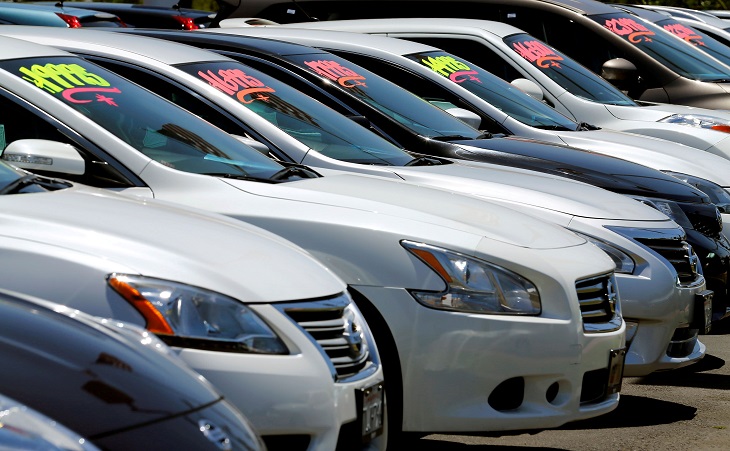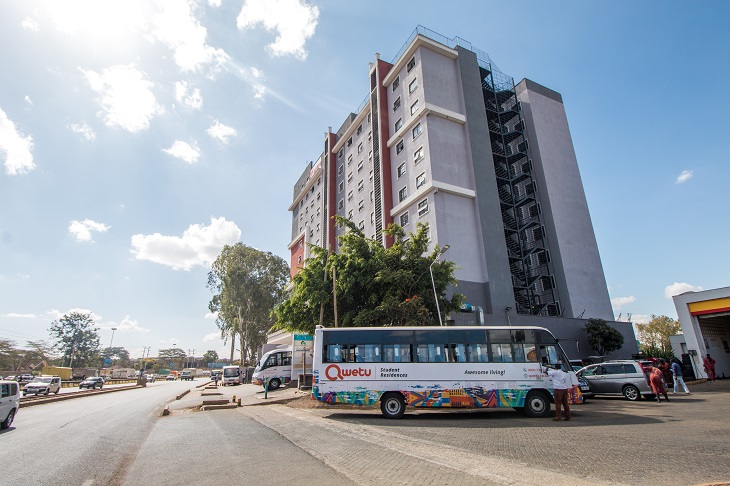Kenya Revenue Authority (KRA) is set to implement a revised Current Retail Selling Price (CRSP) list for new motor vehicles, marking the first update since 2019. The CRSP, which is typically reviewed and updated periodically, plays a key role in determining the applicable taxes on imported vehicles.
This year’s revision reflects notable market developments, including the introduction of new vehicle models, prevailing economic conditions, and changes in key variables such as exchange rates, import duty, and excise duty.
In response to public inquiries and recent media reports regarding the implementation of the revised CRSP, KRA wishes to clarify the following:
Legal Basis of Customs Valuation
Customs valuation is based on the World Trade Organization (WTO) Agreement on Customs Valuation, which has been domesticated under Section 122 and the Fourth Schedule of the East African Community Customs Management Act (EACCMA), 2004. This legal framework outlines the methods used to determine the customs value of imported goods.
What is CRSP, and why is it used?
CRSP stands for the Current Retail Selling Price of a new motor vehicle. The customs value of a used motor vehicle is calculated by applying depreciation to the CRSP, based on the number of years since the date of manufacture or the year of first registration.
Following the adoption of the WTO Agreement on Customs Valuation, KRA, in consultation with stakeholders, agreed to use the CRSP method to address challenges encountered in valuing used motor vehicles. This approach aims to standardize values and ensure predictability and transparency within the industry. It was also agreed that the CRSP would be reviewed periodically to reflect changes in the economic environment, including exchange rate fluctuations, inflation, the introduction of newer vehicle models, and changes in tax rates, among other factors.
Why the Review of the Current CRSP?
In 2020, the Authority’s attempt to review the CRSP was contested by stakeholders in court. As a result, the current list has remained unchanged since 2019. There has therefore been a need to review the CRSP in consultation with stakeholders to reflect emerging changes in the sector.
For example, in 2019, the exchange rate was approximately Kshs. 100 to the US dollar, while in 2025 it stands at around Kshs. 130. Additionally, the import duty rate, which is a key factor in the CRSP, has increased from 25% in 2019 to 35% in 2025. The excise duty rate for certain units has also increased to 35%, up from a maximum of 30% in 2019. Furthermore, many new and more advanced vehicle models have entered the market, which are not included in the 2019 CRSP.
Process of Reviewing the CRSP
In compliance with a court order, KRA held various stakeholder engagements on the valuation methodology for used motor vehicles. These sessions included representatives from motor vehicle dealers and importers. The Authority also invited the public to submit comments on the matter.
During the engagements, stakeholders expressed opposition to the use of FOB (free on board) values and preferred the continued use of the CRSP. A working team was constituted comprising representatives from the Kenya Auto Bazaar Association (KABA), Car Importers Association of Kenya (CIAK), Kenya International Freight Forwarders & Warehousing Association (KIFWA), and the Customs & Border Control Department to review the CRSP list.
At a joint technical meeting held on January 29, 2025, the team set out the Terms of Reference (TORs), agreed on the data sources (primarily Japanese Yearbooks), and defined the methodology and timelines for the review. It was later observed that some models were not listed in the Japanese Yearbooks, and it was therefore agreed to supplement the data using Goo-net for any missing models.
A validation meeting was held in May 2025, where the draft list was reviewed, and further input from stakeholders was received and incorporated.
The new CRSP is, therefore, a product of a comprehensive consultative process in which stakeholder input was considered.
The source data used to generate the 2025 CRSP list includes detailed model specifications based on trim levels and vehicle performance. This, therefore, had an impact on the price of the specific models. In contrast, the 2019 CRSP relied more generally on engine capacity and drive configuration. It is important to note that the new list has more than 5200 unique models as compared to the 2019 list, which had about 3000 models.
Despite this expansion, some models are missing from the 2025 list because they were not found in either the Japanese Yearbooks or Goo-net. However, once the technical team agrees on additional data sources, the list will be continuously updated and made available on the KRA website.
In this regard, KRA reaffirms its commitment to a transparent and collaborative valuation process that balances regulatory compliance, stakeholder input, as well as the prevailing economic realities.
Related Content: KRA To Launch An Online Chatbot To Help SMEs With Tax Matters












